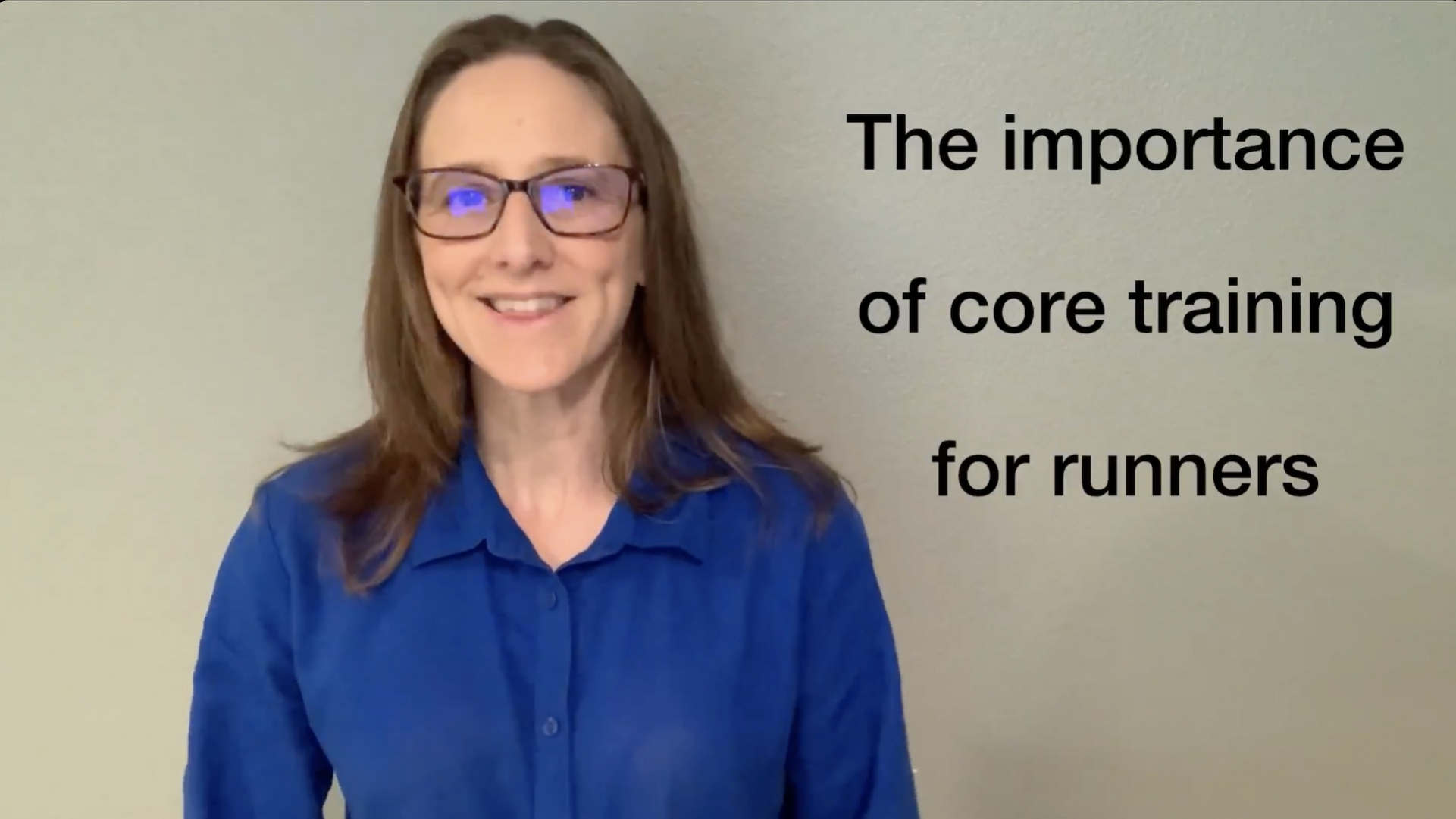
Hey there! Let’s talk about how your anatomy plays a big role in your athletic performance, especially when it comes to running.
Now, when we say “core muscles,” we’re talking about more than just those visible abs. Your core includes all those deep muscles that connect your pelvis, hips, and legs. Think of your core as your body’s stability center—it’s where all your limb movements start.
When you’re out running, your core muscles are working hard to keep your torso balanced, your spine aligned, and your legs moving smoothly.
This means you get a more efficient stride, which is super important if you want to run longer or faster without getting tired too quickly. Plus, a strong core helps your legs move efficiently and keeps your knees healthier by reducing unnecessary stress.
If you want to boost your running distance and endurance, it’s critical to control trunk movements like side-bending, rotation, and flexion. The exercises in this video will help you train your body to resist these motions, letting you save more energy for hitting those longer or faster runs.
A stable and well-aligned posture during your runs springs from a solid core. This translates into better running efficiency and performance. In fact, a study in Sports Medicine1 has shown that core strength training can improve running economy for distance runners.
Strengthening the Pelvic Floor for Running
The pelvic floor muscles might not get as much attention, but they’re a critical part of your core. These muscles support your bladder, bowel, and in women, the uterus. They also play a key role in maintaining proper pelvic alignment while you run.
Strengthening your pelvic floor enhances stability, improves posture, and lowers the risk of injuries tied to pelvic instability. Exercises like Kegels are commonly known as exercise to strengthen your pelvic floor; however, they are just the entry level strengthening exercises. When done with proper form, more functional movements such as bridges and squats target these vital muscles and offer real benefits for runners.
At every stage of your stride, your core muscles kick into gear to stabilize your pelvis and spine. This active stabilization prevents excessive movement of the trunk and the limbs which conserves energy, and helps translate force more efficiently.
A real world example of this is when you try to get up from a beanbag chair vs a kitchen chair. It is far easier to push yourself up from a low kitchen chair than it is to get up out of a beanbag chair.
Even though this makes sense to me, there is research in Sports Medicine2 that backs up the critical role of core stability for effective movement control and efficiency.
The benefits of core training for runners don’t just stop at improving your movement quality and running form. A robust core lowers the risk of typical running overuse injuries. According to a review in Medicine & Science in Sports & Exercise (MSSE)3, runners with weak core stability are more prone to lower extremity injuries.
This tells me that strengthening your core is like stacking the deck in your favor, ensuring you can run healthily and happily for many years to come.
But what happens if you already have a back injury?
Dealing with lower back pain can be frustrating, and muscle spasms are often the main culprit. While stretching can be a good start for relief, the best long-term solution involves strengthening your abdominal muscles. By strengthening your core muscles, you increase the stability of your spine and reduce the workload of your lower back muscles.
Check out the exercises in this video—they’re my top picks for easing lower back pain:
These exercises are low-intensity, specifically targeting your abdominal muscles while minimizing likelihood of recruiting other muscles. High-intensity exercises like leg lifts, planks, and deadbugs can sometimes make back pain worse by involving the hip flexors and lumbar extensors too much.
By focusing on these carefully selected exercises, you’ll be better equipped to strengthen your core without aggravating your lower back, helping to put those pesky muscle spasms to rest for good.
When running, if you lack flexibility in your hips, knees, or ankles, your body’s mechanics can get thrown off. Limited hip extension, for example, forces your lower back to compensate by overextending, leading to joint compression. Over time, this constant strain can cause degenerative joint changes, osteophytes, compression fractures, or disc bulges.
Now, you might think that being super flexible is always a good thing for runners. But that’s not necessarily true. Take ankle flexibly—having too much on one side could seem okay, but it becomes risky when you’re navigating uneven terrain or if your foot accidentally ends up half on and half off of a sidewalk.
In those moments, the ability to control your ankle flexibility is crucial to prevent awkward stumbles or ankle sprains. The same logic applies to your spine.
When one of the joints in your lower back lacks flexibility, adjacent joints often compensate by becoming overly flexible. This excessive motion can lead to pain and irritation and if a vertebra moves too far your back muscle will clamp down to prevent a catastrophic event in your spine. In contrast, the less flexible joint in your spine may develop osteoarthritis due to decreased joint space.
By incorporating stretching and mobility exercises into your routine, you can improve spine flexibility and achieve a balanced strength & flexibility throughout your entire spinal column.
You’ve discovered how much it pays to have a strong core for running. But we know that doing these exercises by yourself can be daunting. I mean, there’s so much information out there, isn’t there? Sure makes your head spin.
That’s where we come in. I’m Dr. Molly McDonald at Your Goals PT in Cypress, Texas, where we cut through the confusion by providing you personalized core strengthening programs designed specifically for runners like yourself.
Imagine eliminating the guesswork and stress of where to start or what’s right for your unique needs. Our one-on-one guidance ensures you will do the right exercises so you can achieve your running goals without setbacks or injuries.
Discover how our specialized core training programs can amplify your performance, endurance, and enjoyment on every run. If you’re in the Cypress, Texas area, choose from one of the options below to begin your journey:
We help active adults end their aches and pain, so they can reclaim their favorite recreational activities and live life to the fullest.

MEDICAL DISCLAIMER:
All information on this website is intended for instruction and informational purposes only. The authors are not responsible for any harm or injury that may result. Significant injury risk is possible if you do not follow due diligence and seek suitable professional advice about your injury. No guarantees of specific results are expressly made or implied on this website.